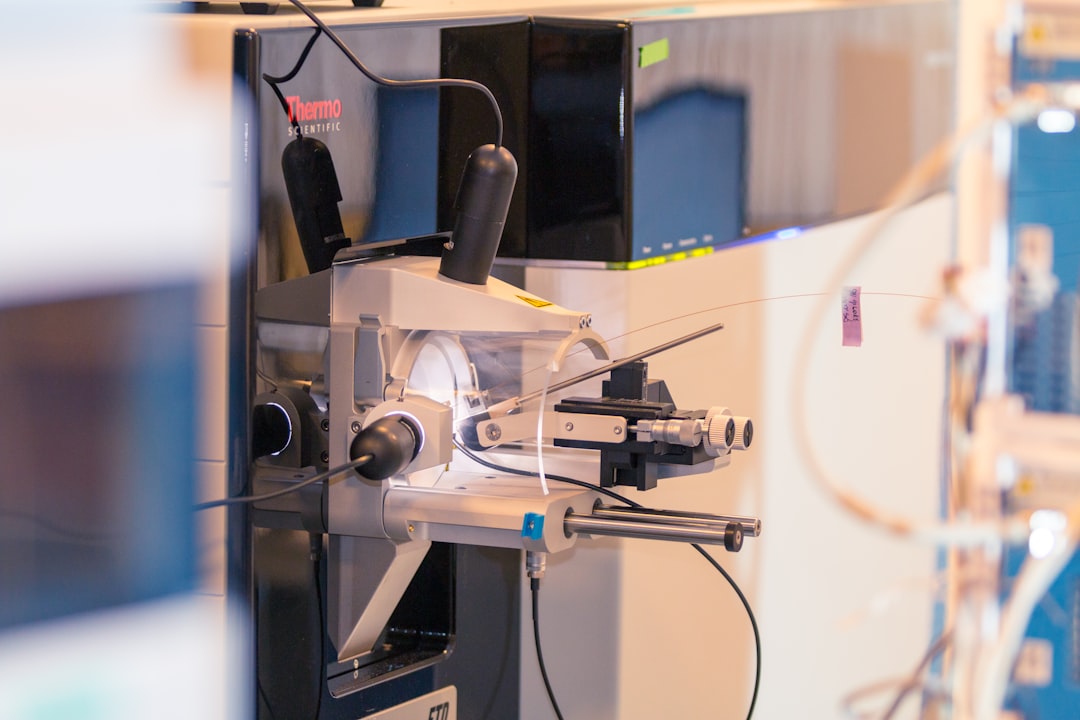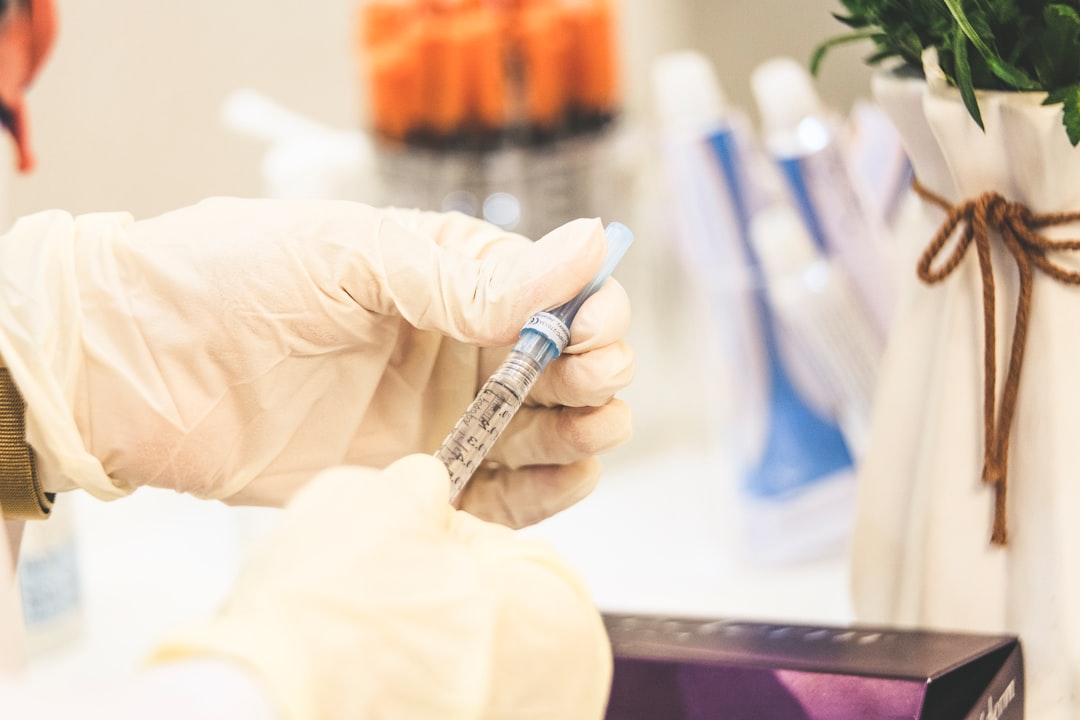What is it about?
In this paper, I collected plant and soil samples from throughout Aotearoa New Zealand and analyzed them for strontium isotope ratios. I then used these isotope ratio values and a host of environmental data to create a map of strontium variation for Aotearoa New Zealand. The accuracy and precision of the model is then tested using cow milk samples from dairy farms and an existing region-of-origin prediction model. I found that the predictions using the strontium model are pretty accurate but imprecise because many regions of the country share similar strontium ratio values. If combined with another isotope system, such as oxygen, the precision of predictions is expected to increase markedly!
Featured Image

Photo by Ashish Ansurkar on Unsplash
Why is it important?
The model can be used in a variety of fields to track mobility of endemic and invasive species, to test the origin for materials such as modern and archaeological human remains and food products. The possibilities are endless when it comes to strontium and region-of-origin predictions!
Perspectives
This strontium "isoscape" is the first of it's find for Aotearoa New Zealand because it includes 30+ environmental variables and a random forest regression approach to estimating strontium ratio isotope values for all regions of the country. Previous mapping has primarily relied on geological studies that did not consider other contributors to natural strontium isotope variation.
Robyn Kramer
University of Otago
Read the Original
This page is a summary of: A bioavailable strontium (87Sr/86Sr) isoscape for Aotearoa New Zealand: Implications for food forensics and biosecurity, PLoS ONE, March 2022, PLOS,
DOI: 10.1371/journal.pone.0264458.
You can read the full text:
Contributors
The following have contributed to this page










